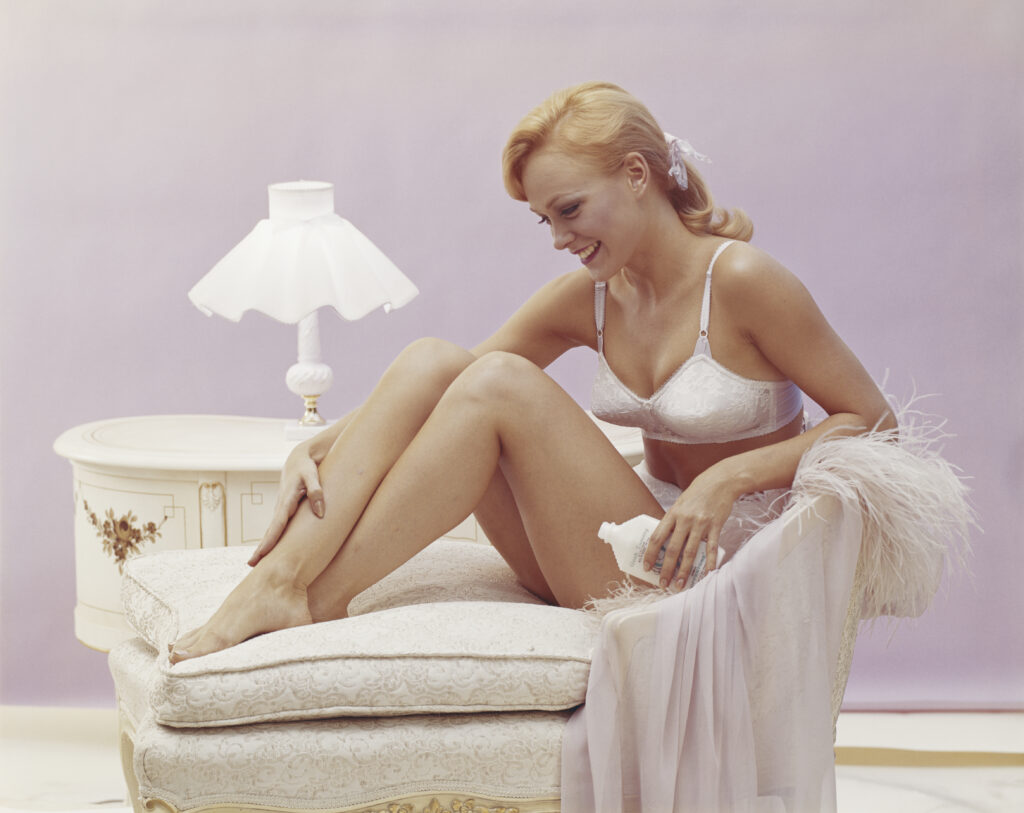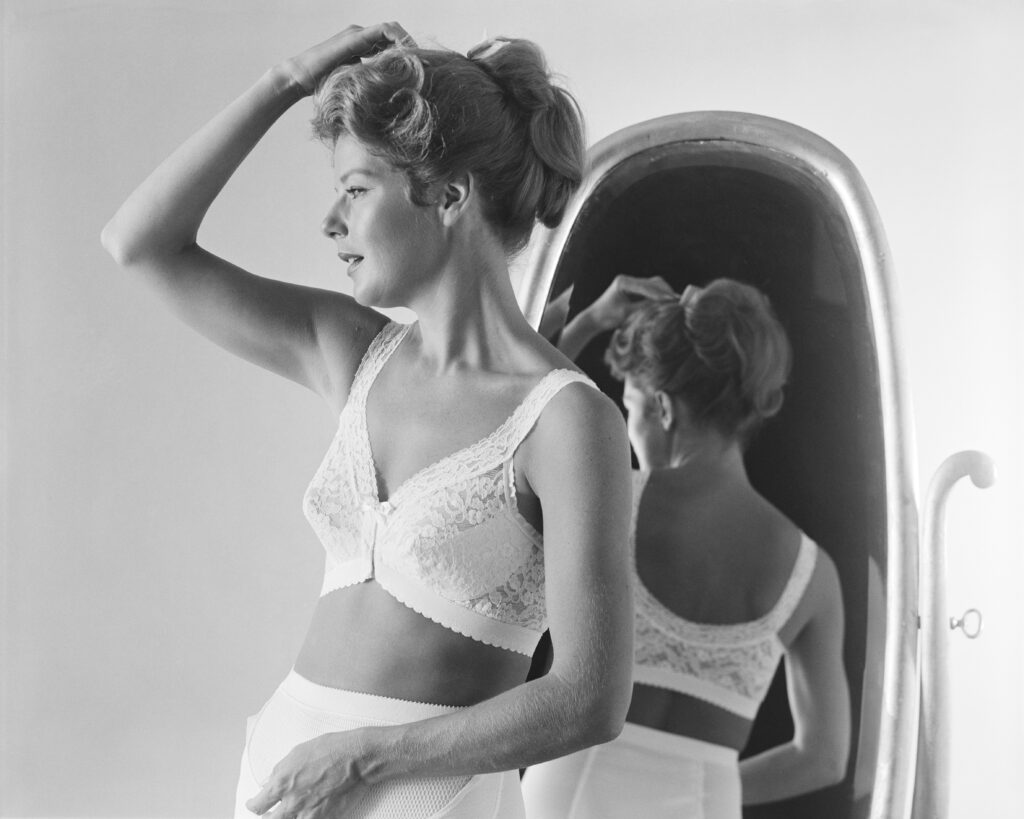Let’s be honest, bra shopping is frustrating.
Different brand sizings are inconsistent so it feels like a needle-in-the-haystack type hunt to find something that offers enough hold without pesky side spillage, gaping on the cup or chest pinching.
Besides, standing half starkers under fluorescent lights, flanked by full length mirrors, tends to fuel the need for speed over finding the perfect fit.
Is it any wonder that most women end up with the wrong size in their wardrobe?
“Around 85 per cent of women are wearing the wrong bra size,” says Deirdre McGhee, physiotherapist and Associate Professor in the Faculty of Science, Medicine and Health at the University of Wollongong.
“It’s tragic! If men were wearing uncomfortable undies, by golly they would do something about it. So why do we tolerate being uncomfortable?”
Finding the right fit is not just about the measurements, says Kirstin Sweeney, general manager of sales for intimates and apparel brand Bendon.
“It’s about understanding the nuances of individual body shapes and breast characteristics. Bras are more like clothes than we might think, so don’t sweat the numbers, always focus on the feel.”
If the fit is right, Kirstin says a bra should feel like a second skin – the straps should be firm without digging, there should be no spillage, the underwire should feel comfortable and the cups should sit flat.
If your bra doesn’t tick these boxes, it could impact you in the following ways:

1. Exercise
According to Associate Professor McGhee, an ill-fitting bra puts women off exercise.
“We know from our research that if women don’t feel comfortable when exercising, they are much less likely to do it,” she explains.
“Breasts can be a barrier to physical activity but it’s a solvable barrier with a supportive, well-fitted bra that reduces pain associated with breast movement.”
QUICK FIX: Narrow down the best sports bra styles at bra.edu.au and do a quick fit test on whatever you’re currently wearing. The band should be firm and comfortable but shouldn’t move on your trunk when you move your arm.
2. Breathing
If you’ve ever wanted to rip off a bra at the end of the day to free your ribcage from restriction, you’ll be well aware of how a too-tight fit can impact your lungs.
“If it’s too tight, the discomfort may restrict your natural breathing pattern, making it feel like you’re not getting enough air,” says Kirstin.
QUICK FIX: Try a bra extender for extra inches on the band. Do some gentle stretching to open up the back and shoulders before bed.
3. Back pain
Too loose or too tight? Both can lead to pain in the neck, back and shoulders. “If a woman comes in with back pain, neck pain, shoulder pain or headaches, it’s a standard part of my treatment to look at the bra fit,” says Associate Professor McGhee.
“Poor posture from wearing a non-supportive bra contributes to back pain. Breasts are basically pulling you forward and, as your trunk falls forward, your shoulders change posture and so does your neck. If your breasts are lifted up you are more likely to have good posture in the whole upper torso.”
QUICK FIX: Run a warm bath; try an infra-red sauna; use a hot water bottle to relax the back muscles. Try a speedy tension-relief exercise: Stand against the wall and move a small tennis ball between your shoulder blades.

4. Tender breasts
Sore nipples and breasts are a common side effect of wearing a too-small bra. “If you compress the breasts too much you displace the discomfort of a bra that isn’t supportive enough for a different pain,” says Associate Professor McGhee.
“Breasts are made of fat and glandular tissue and neither can tolerate compression.”
QUICK FIX: A gentle massage with body oil, extending to the neck and shoulders can help. This is a good time to do a breast check – if you detect a lump or any visual changes, get it checked with your GP.
5. Ligament damage
Straps that place too much pressure on your shoulders can leave grooves, while wires that dig into the breast tissue, particularly on the side near your armpit, can cause tissue damage.
“What you don’t want is to have wire digging into your breast tissue as that has been shown to potentially cause non-cancerous lumps,” explains Associate Professor McGhee.
“As you age, your breasts tend to spread out more at the sides so underwire may no longer suit your shape.”
QUICK FIX: Underwire should sit on your rib cage and breast bone, not on soft breast tissue. If your bra is misshapen or there is wiring escaping, it’s time for a new one.
6. Nerve damage
In extreme cases, a too-tight bra can cause thoracic outlet syndrome where crushed nerves and blood vessels lead to neck pain, numbness and tingling sensations in the arms.
“It’s very rare but always starts with having poor posture. That tends to happen more to women with larger breasts,” says Associate Professor McGhee.
“If you improve the breast support, you improve the posture too.”




